2001 Opel Astra OPC X-treme
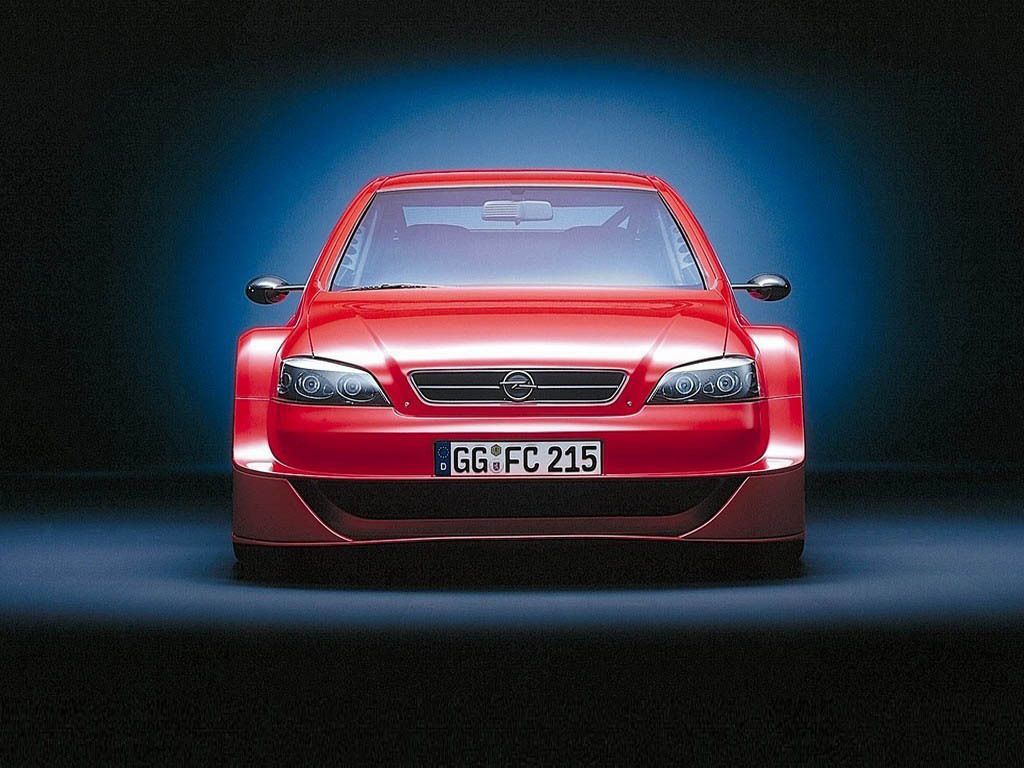

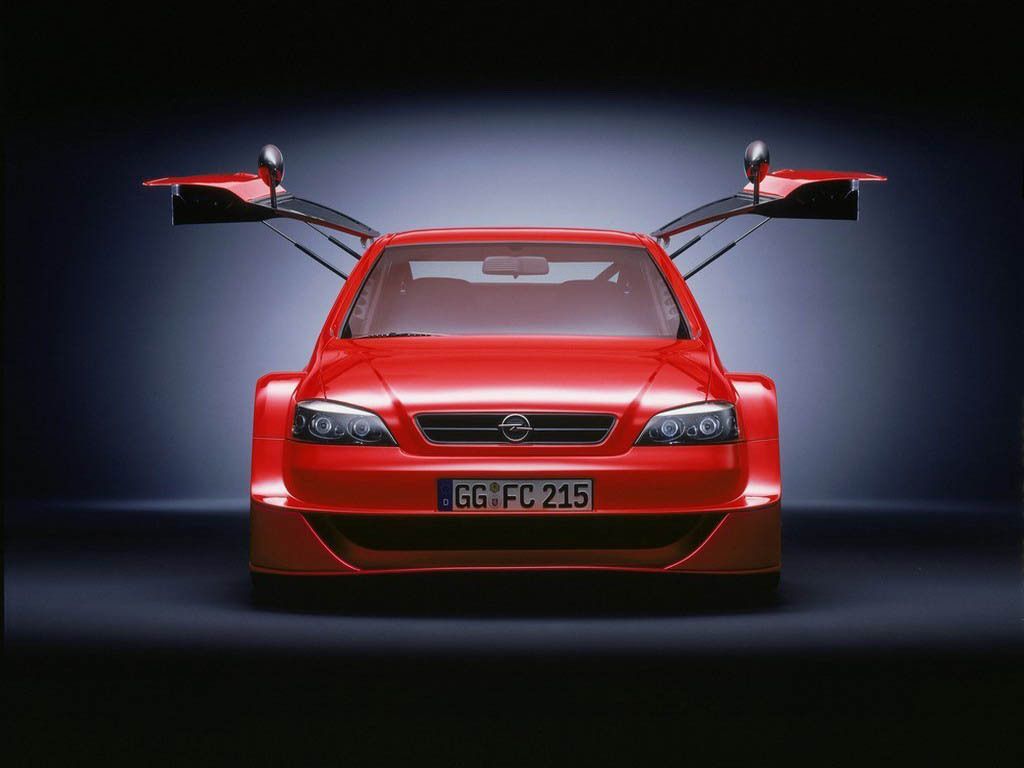
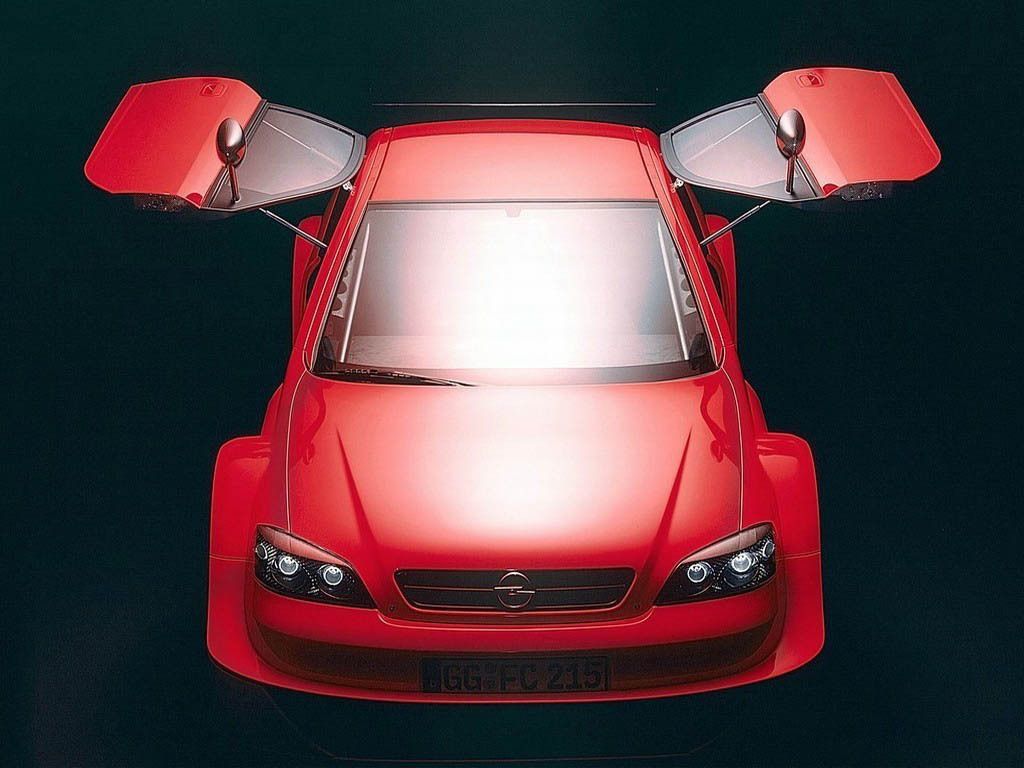
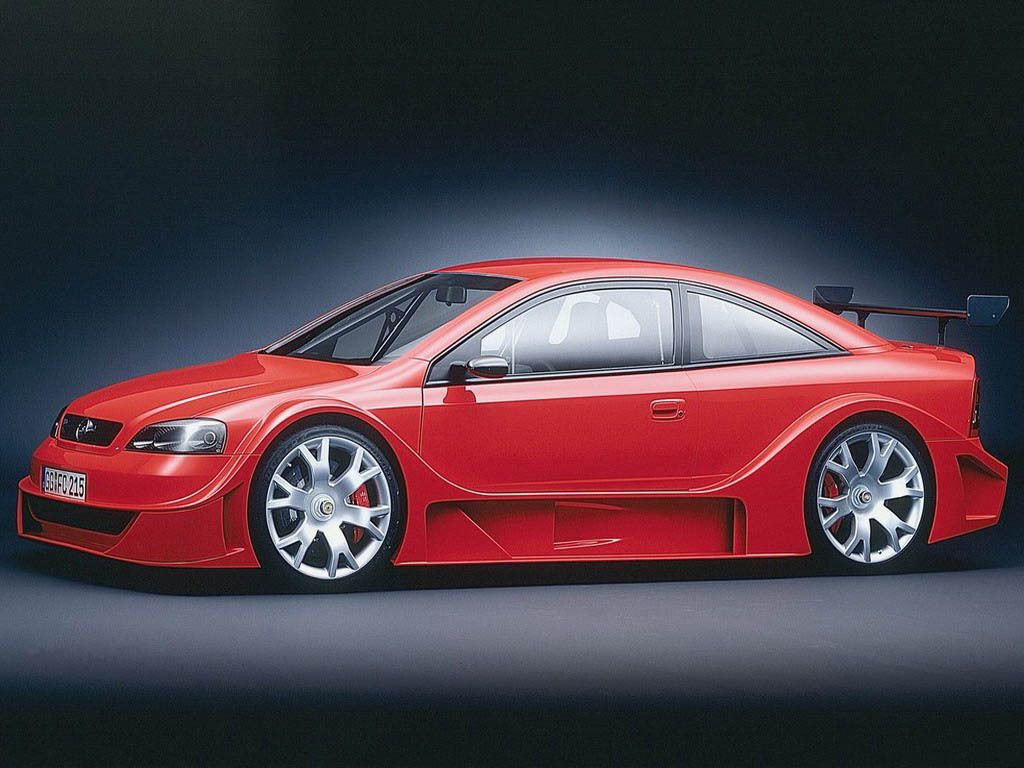
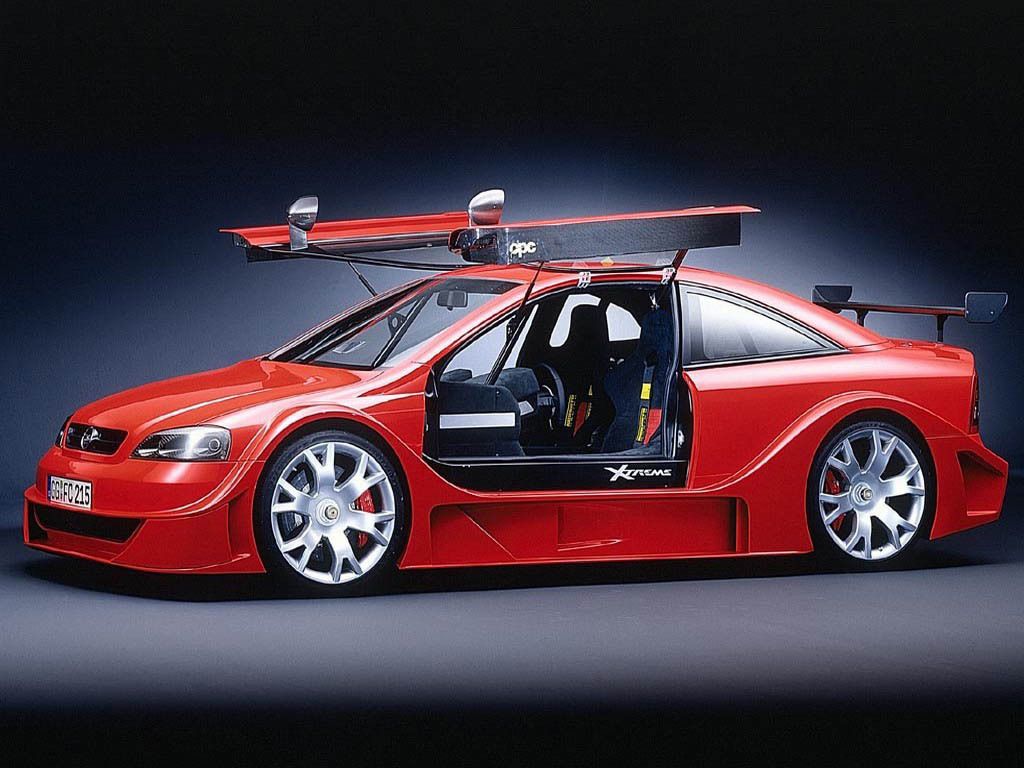
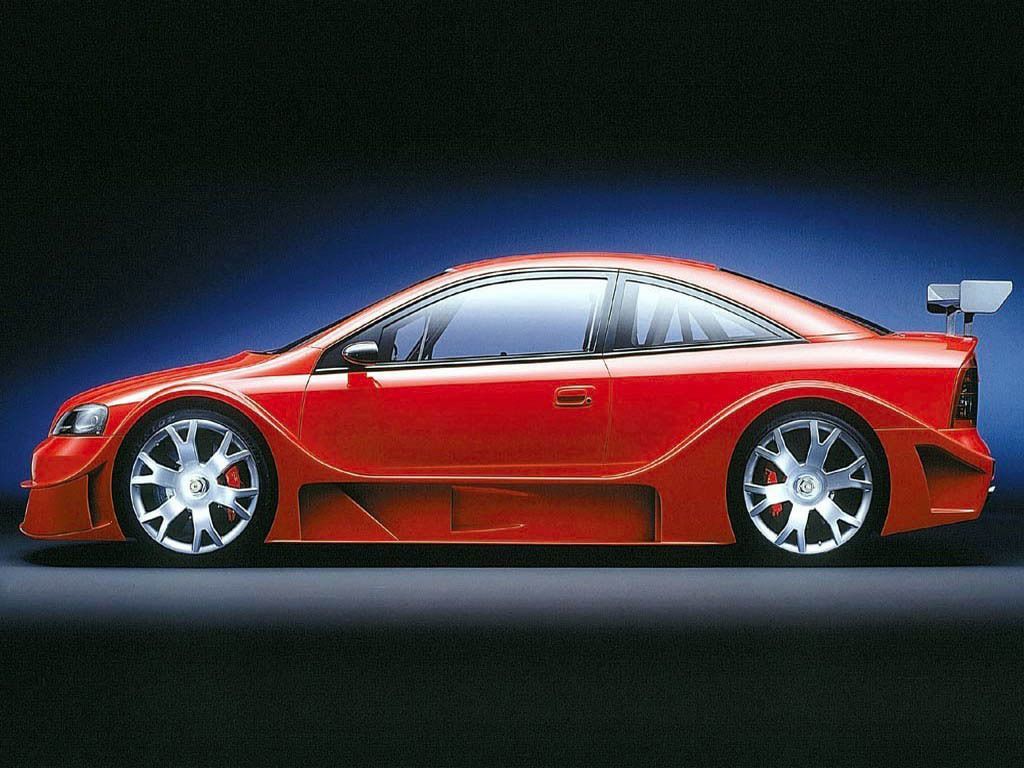
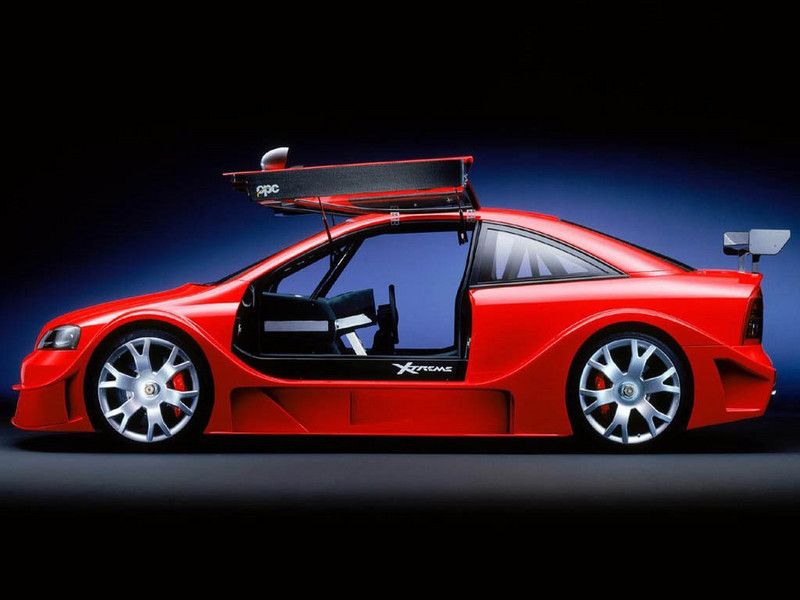
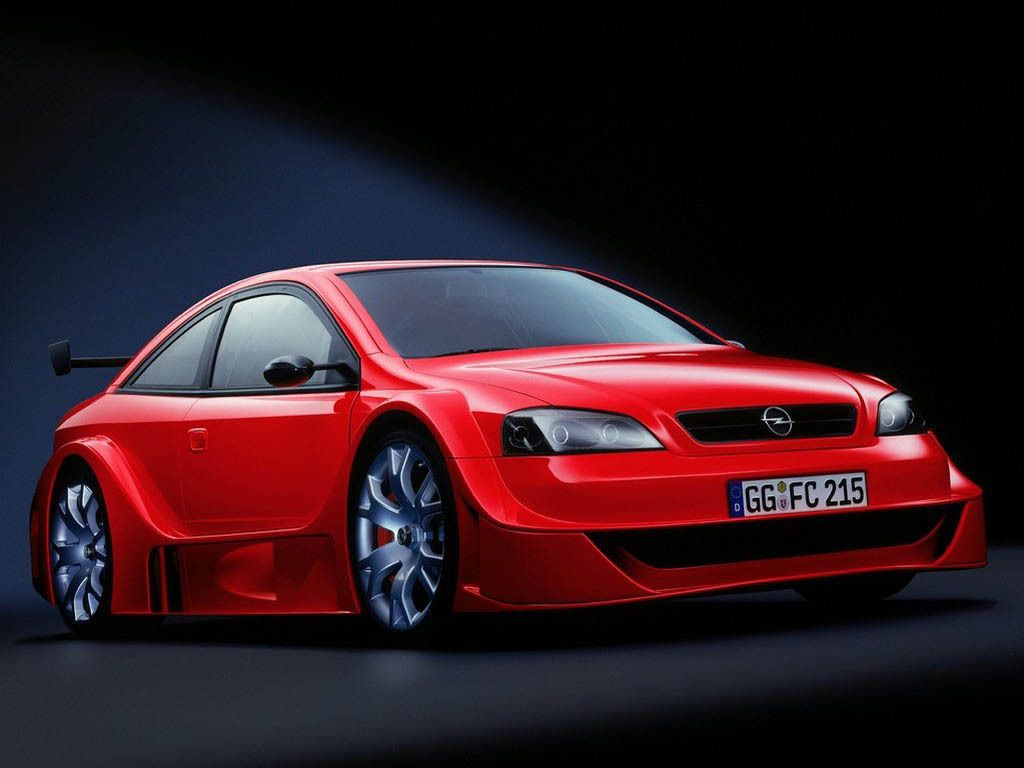
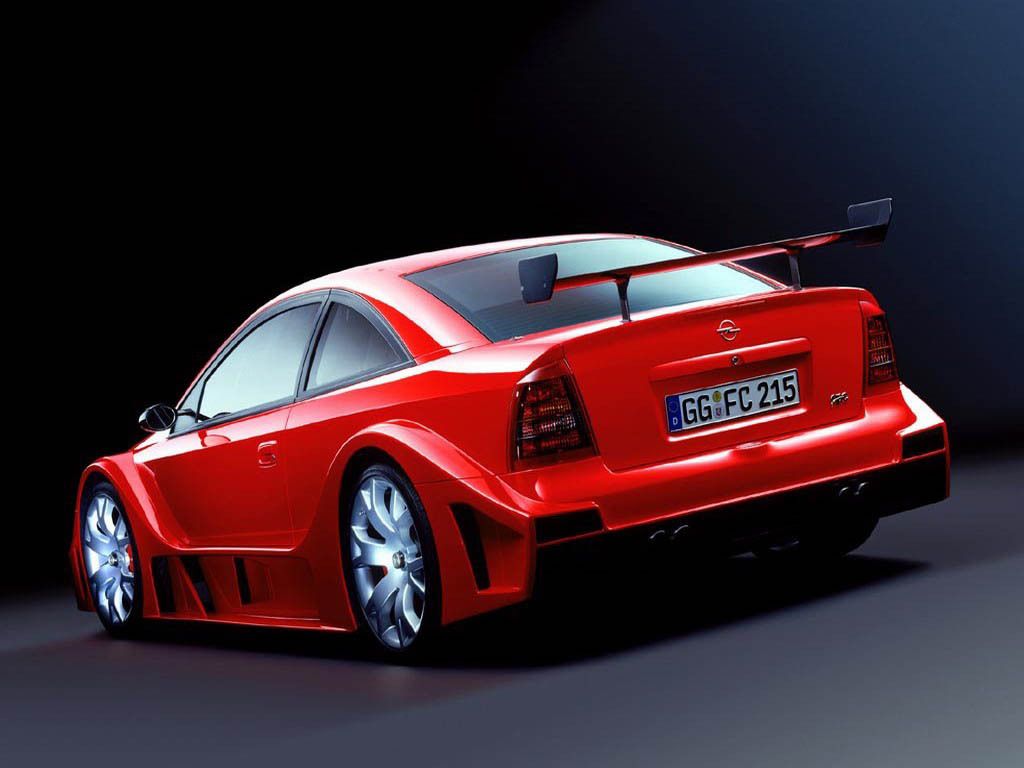
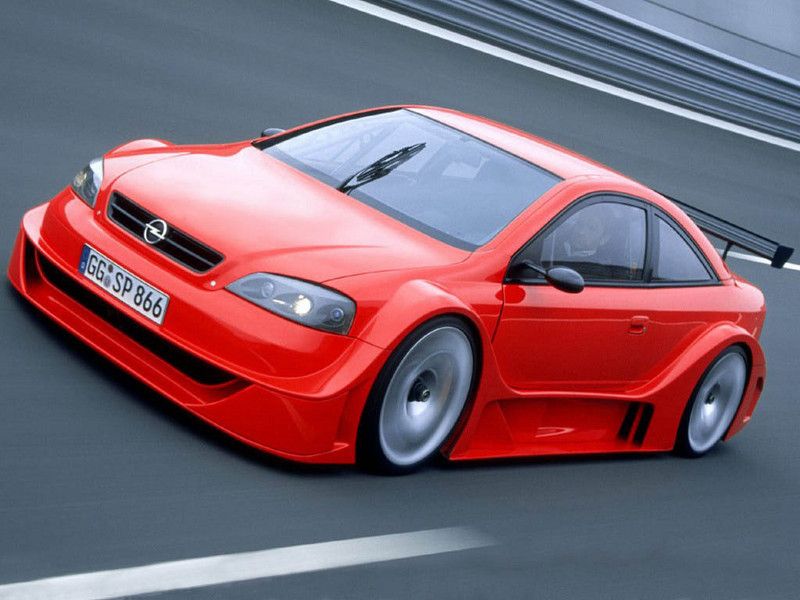
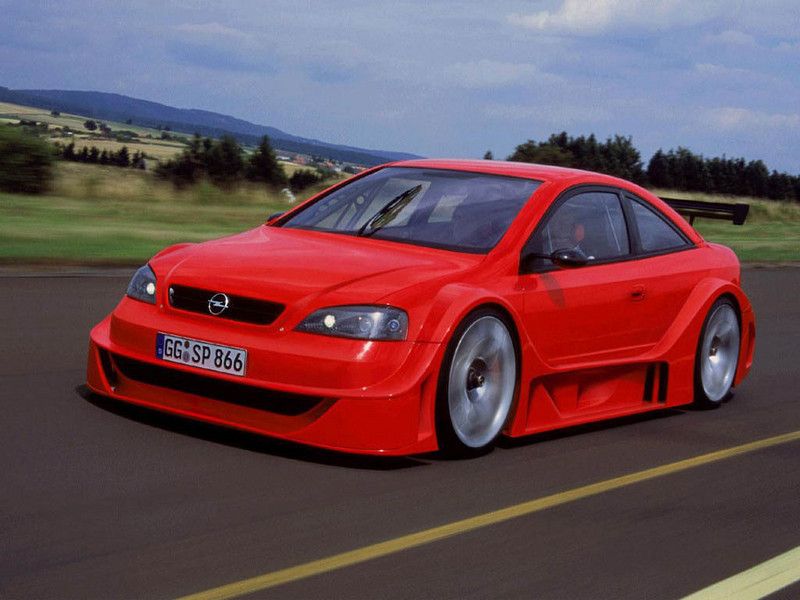
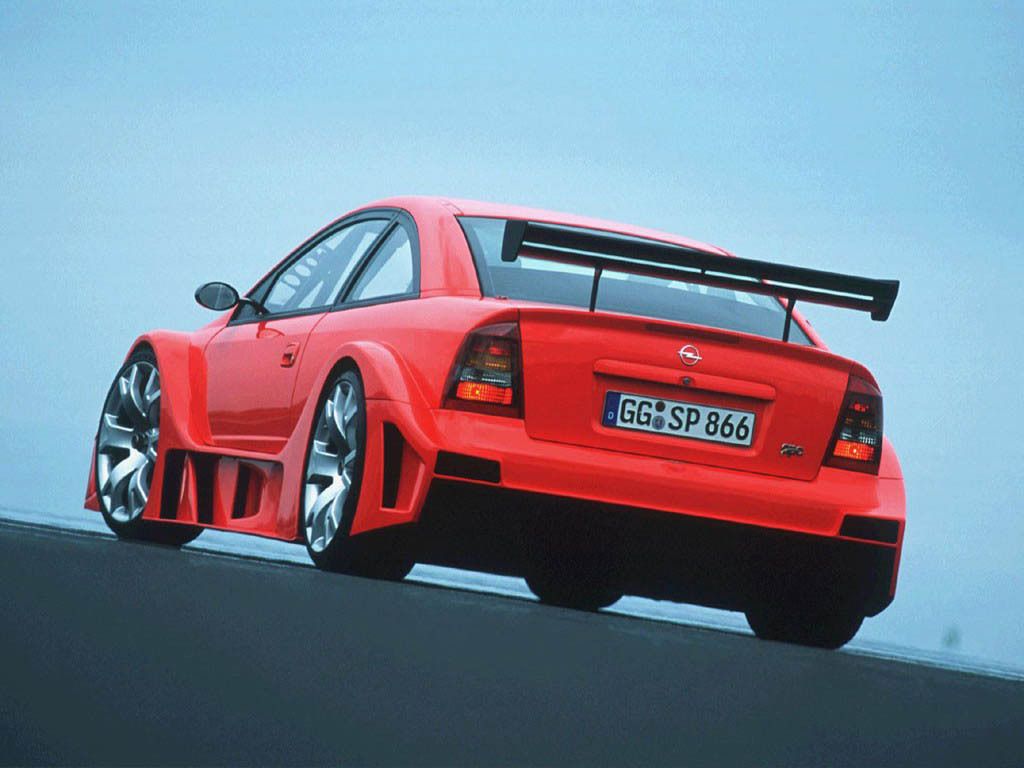
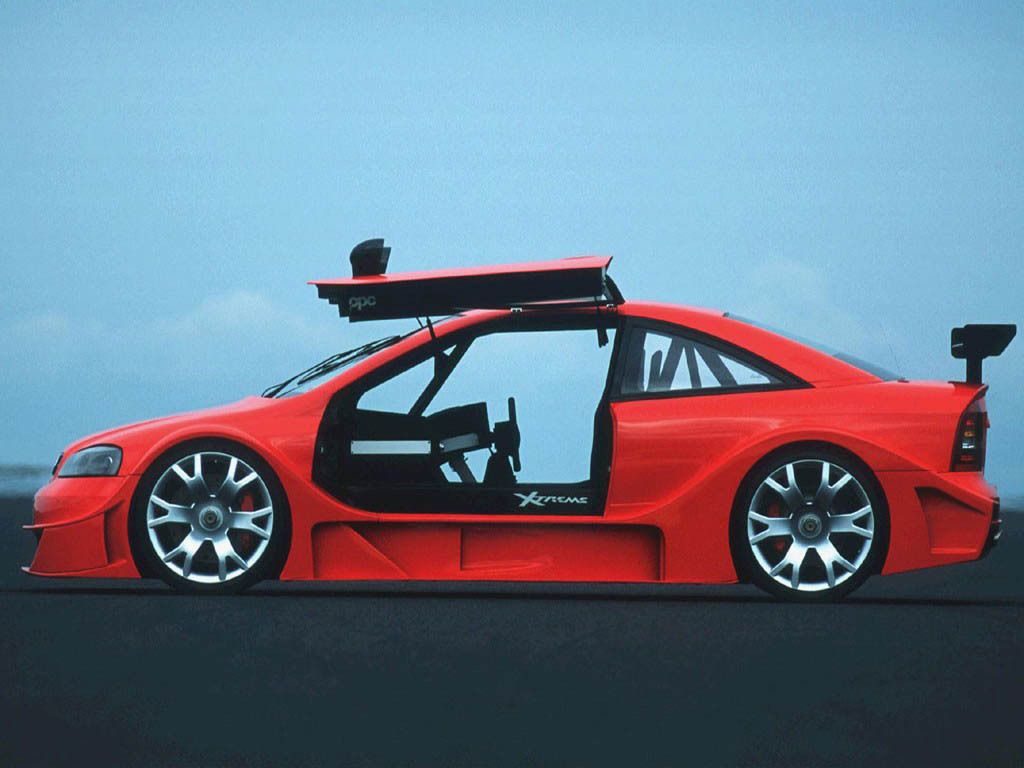
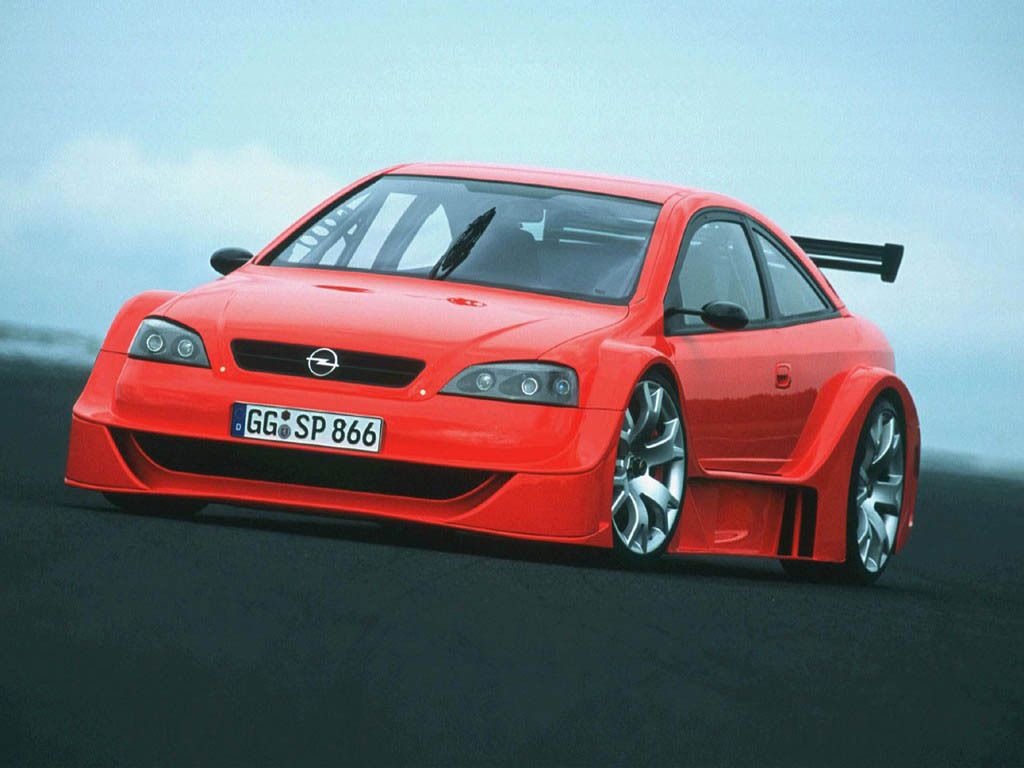
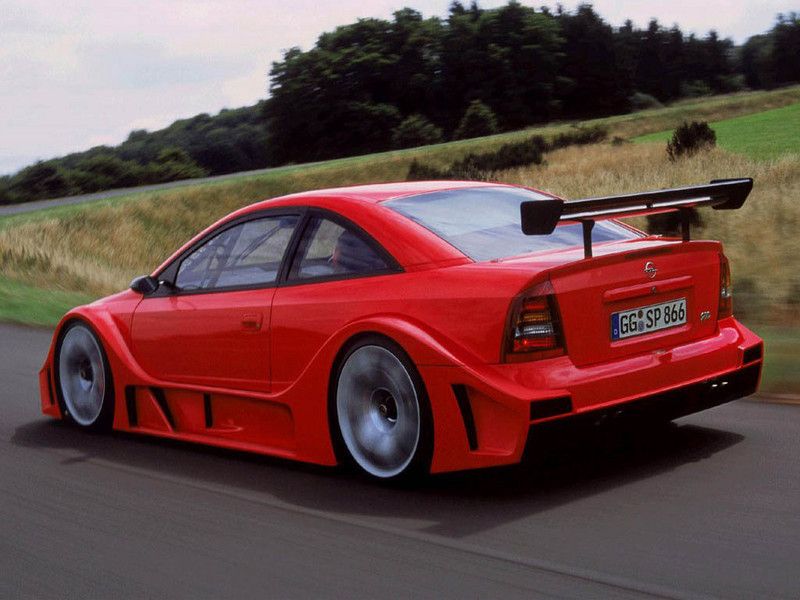
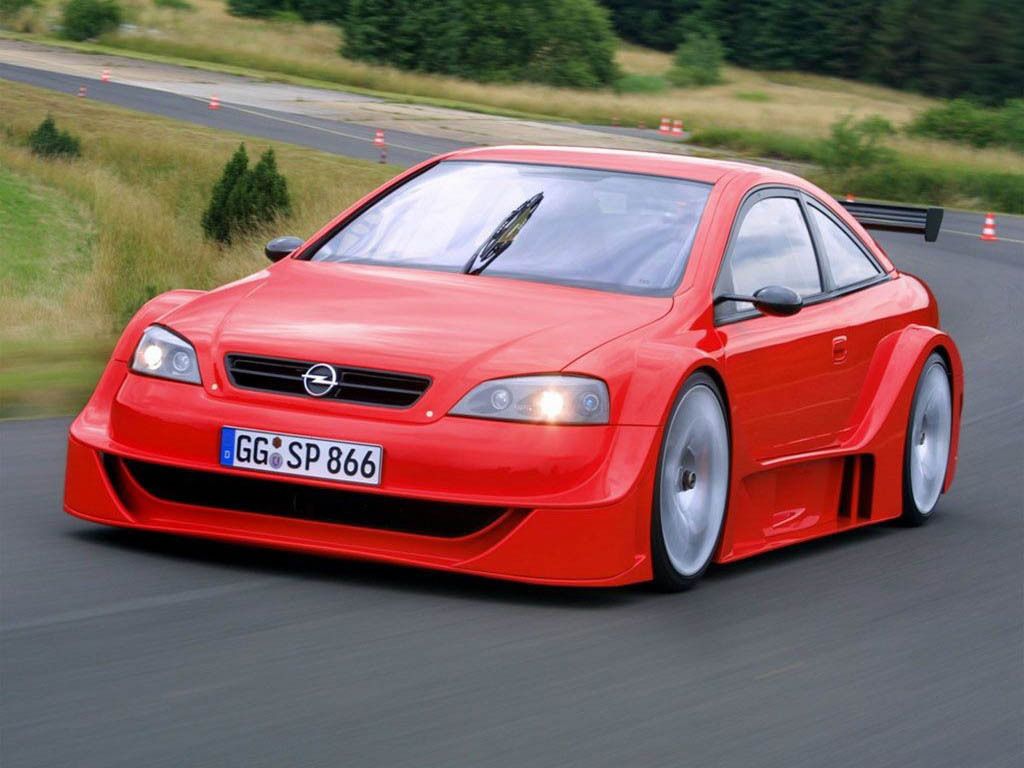
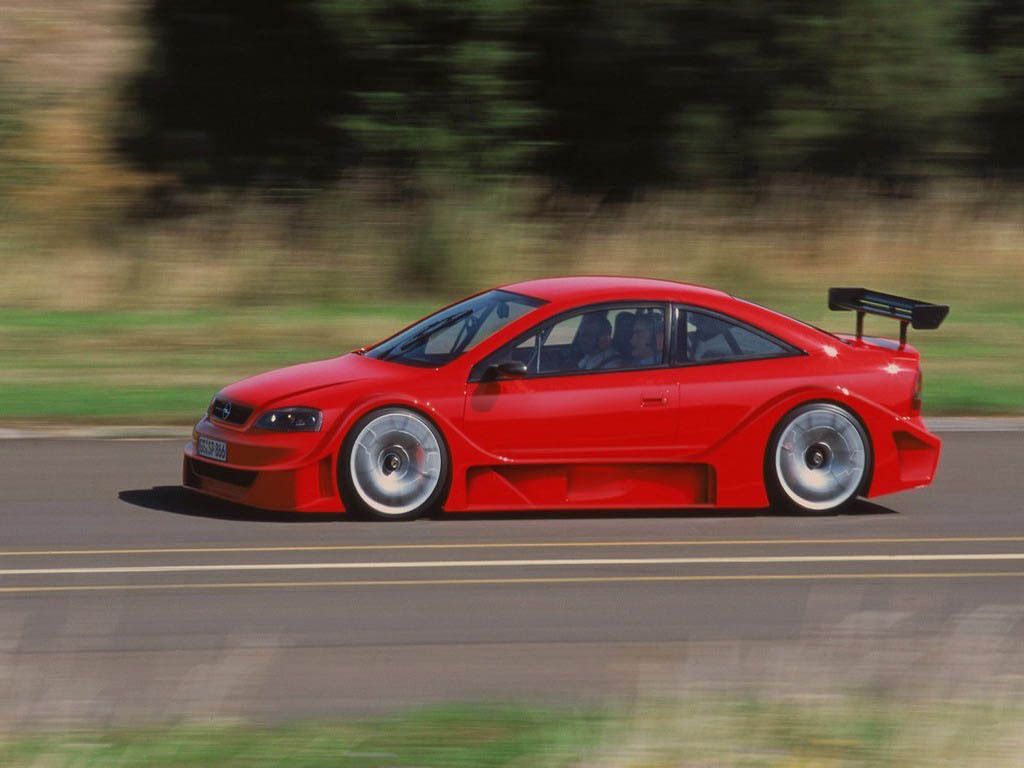
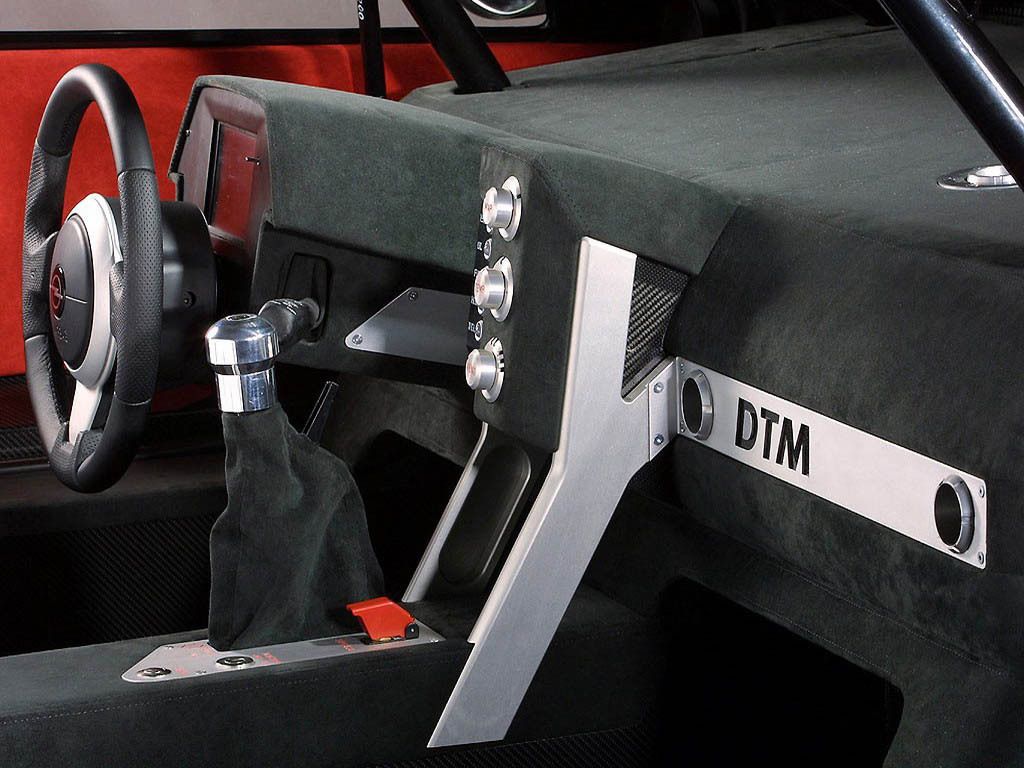
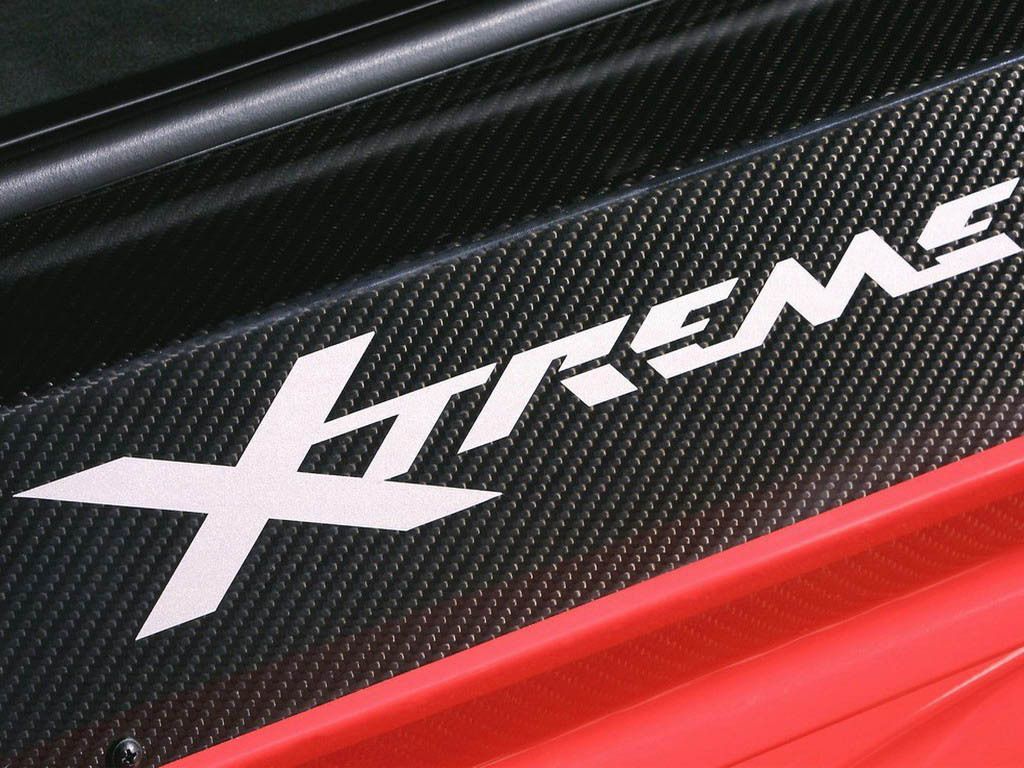
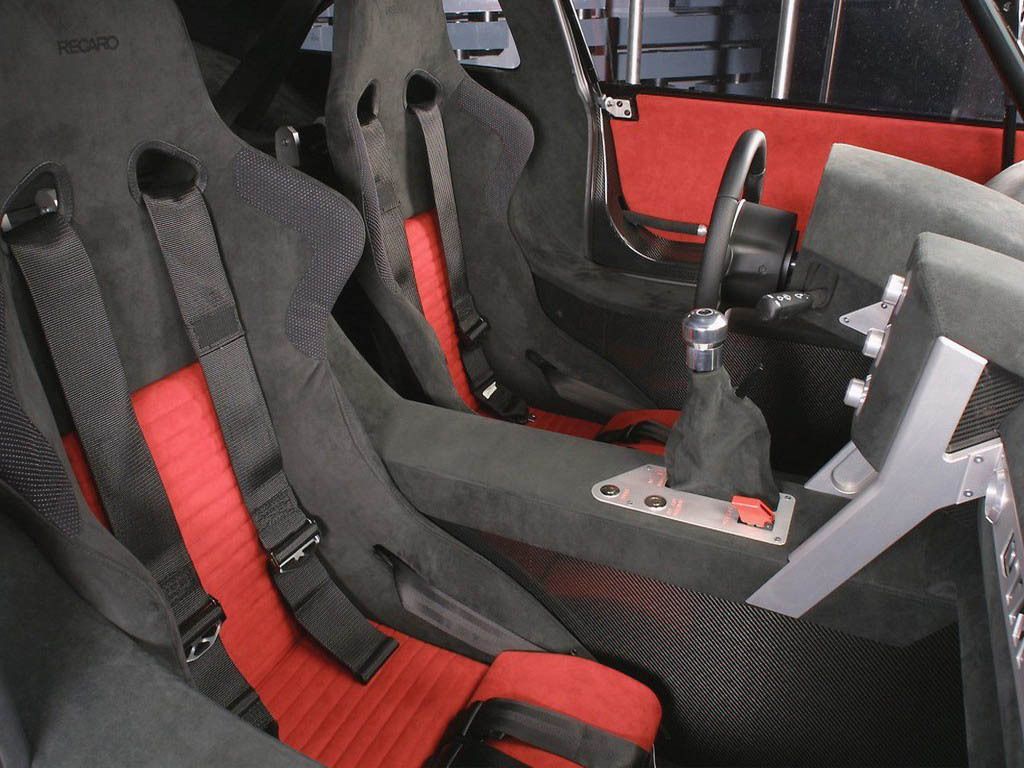
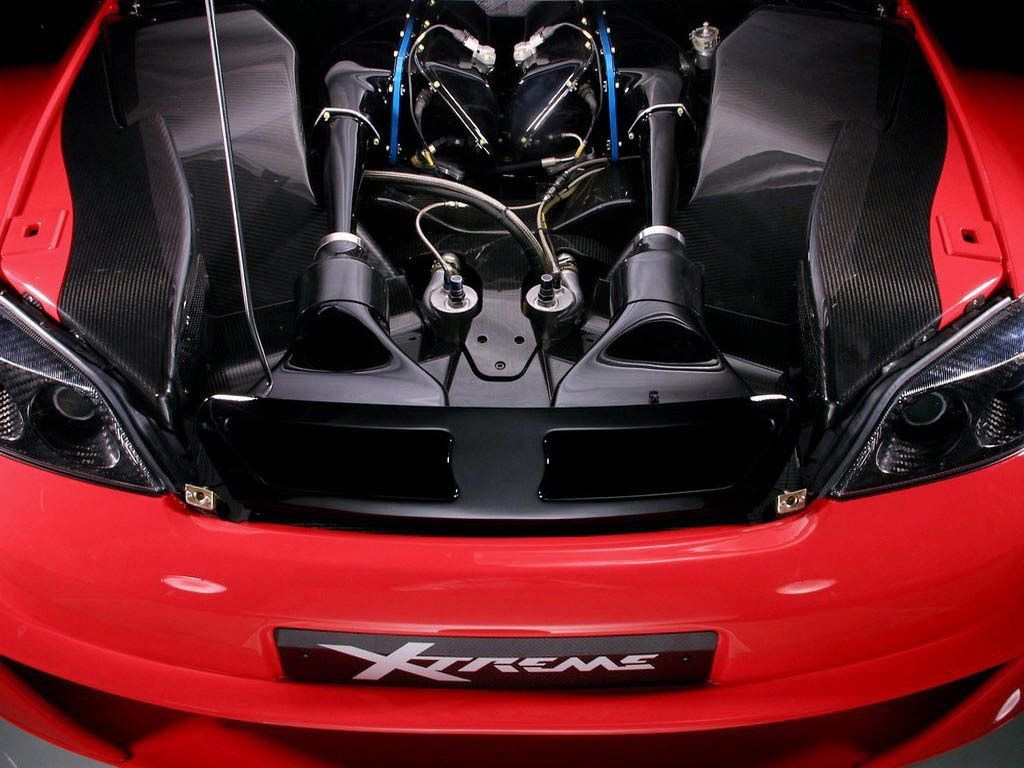
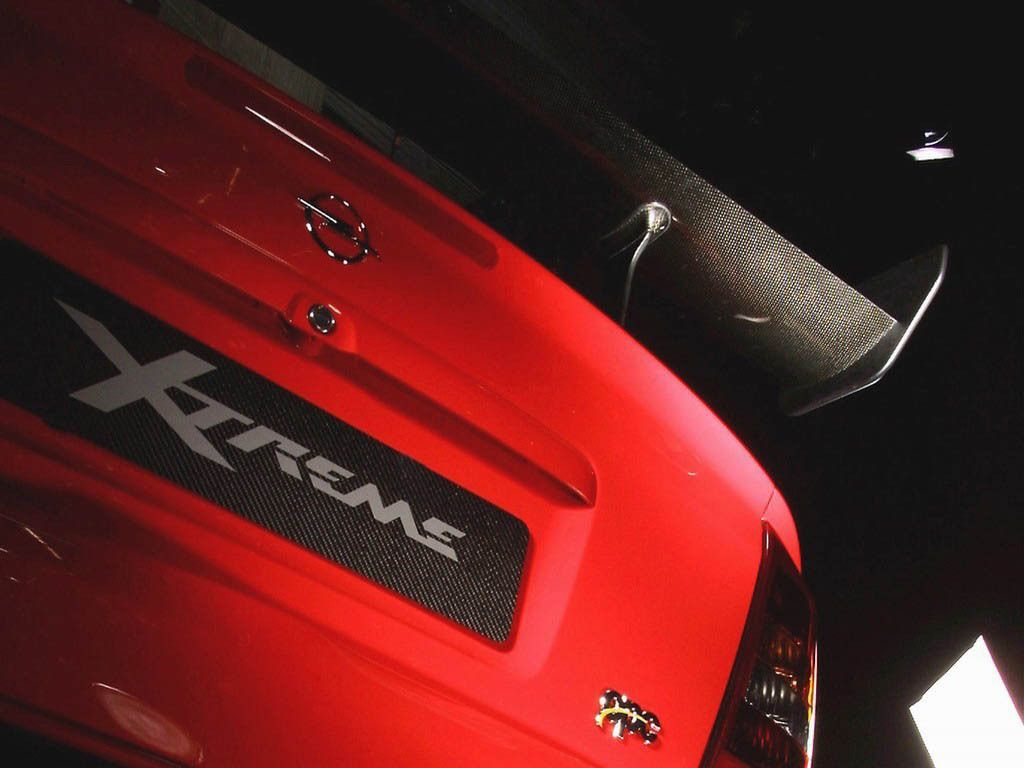
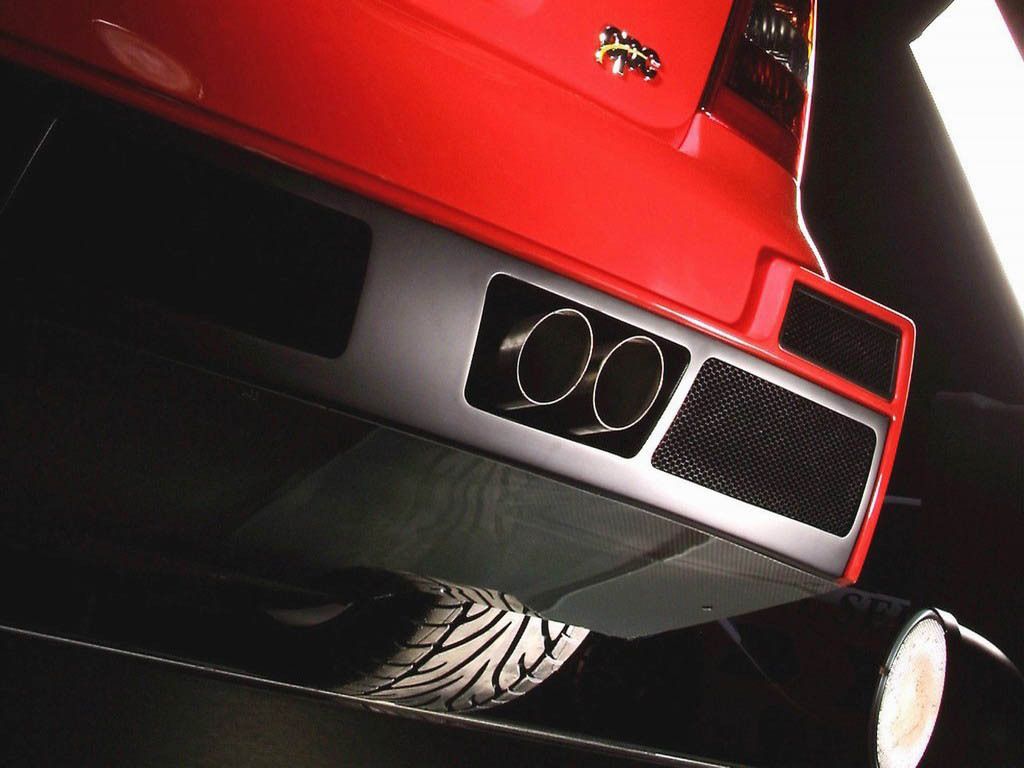
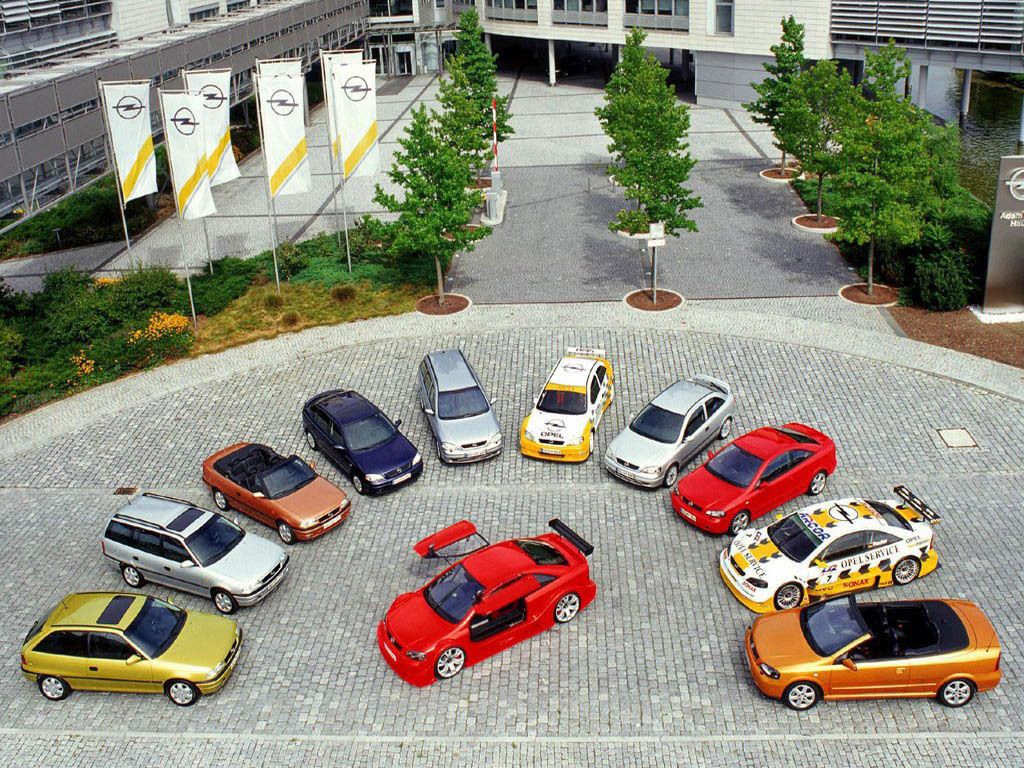
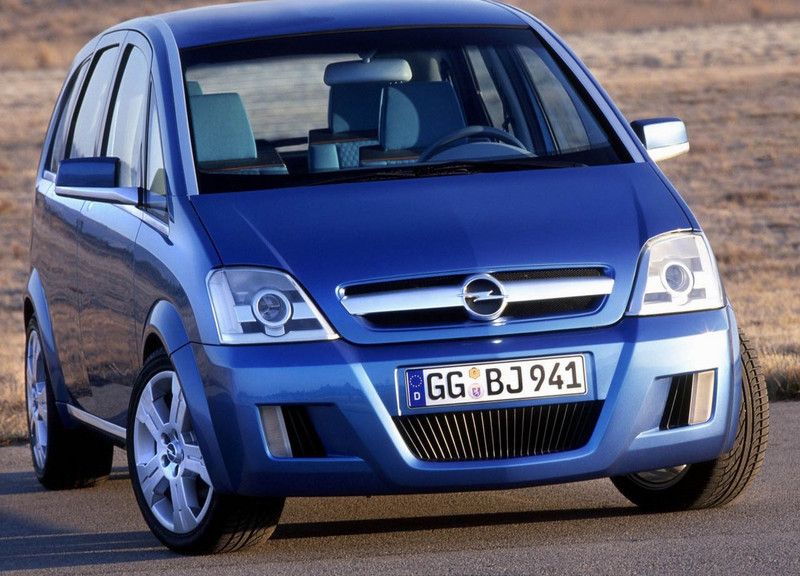
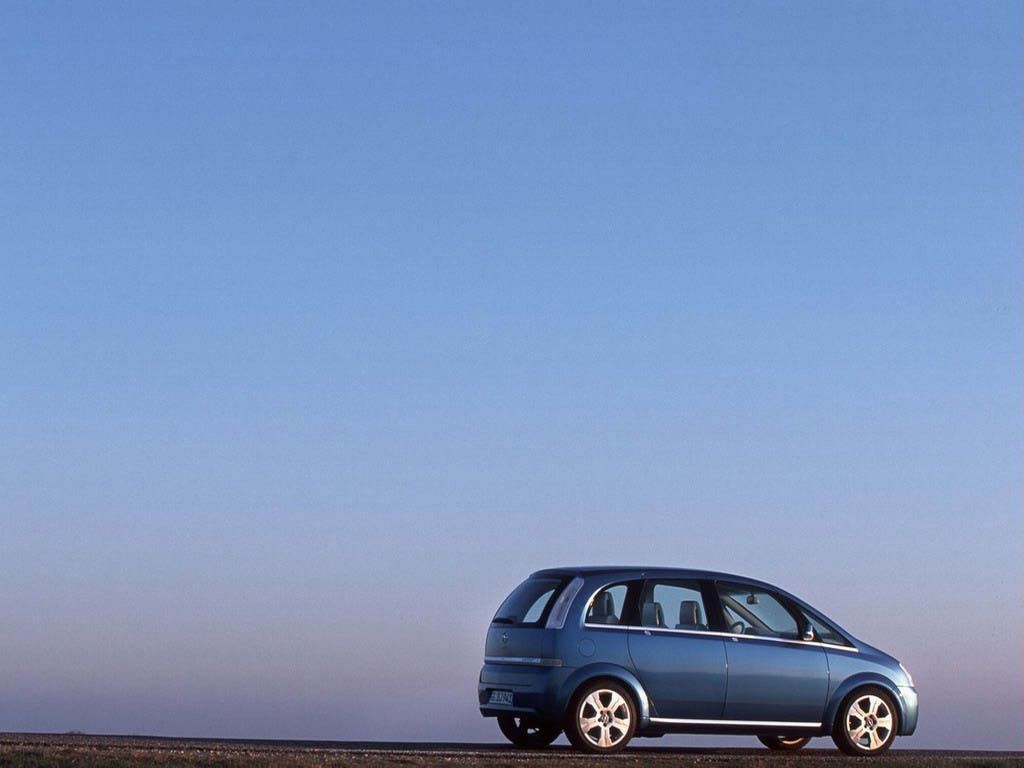
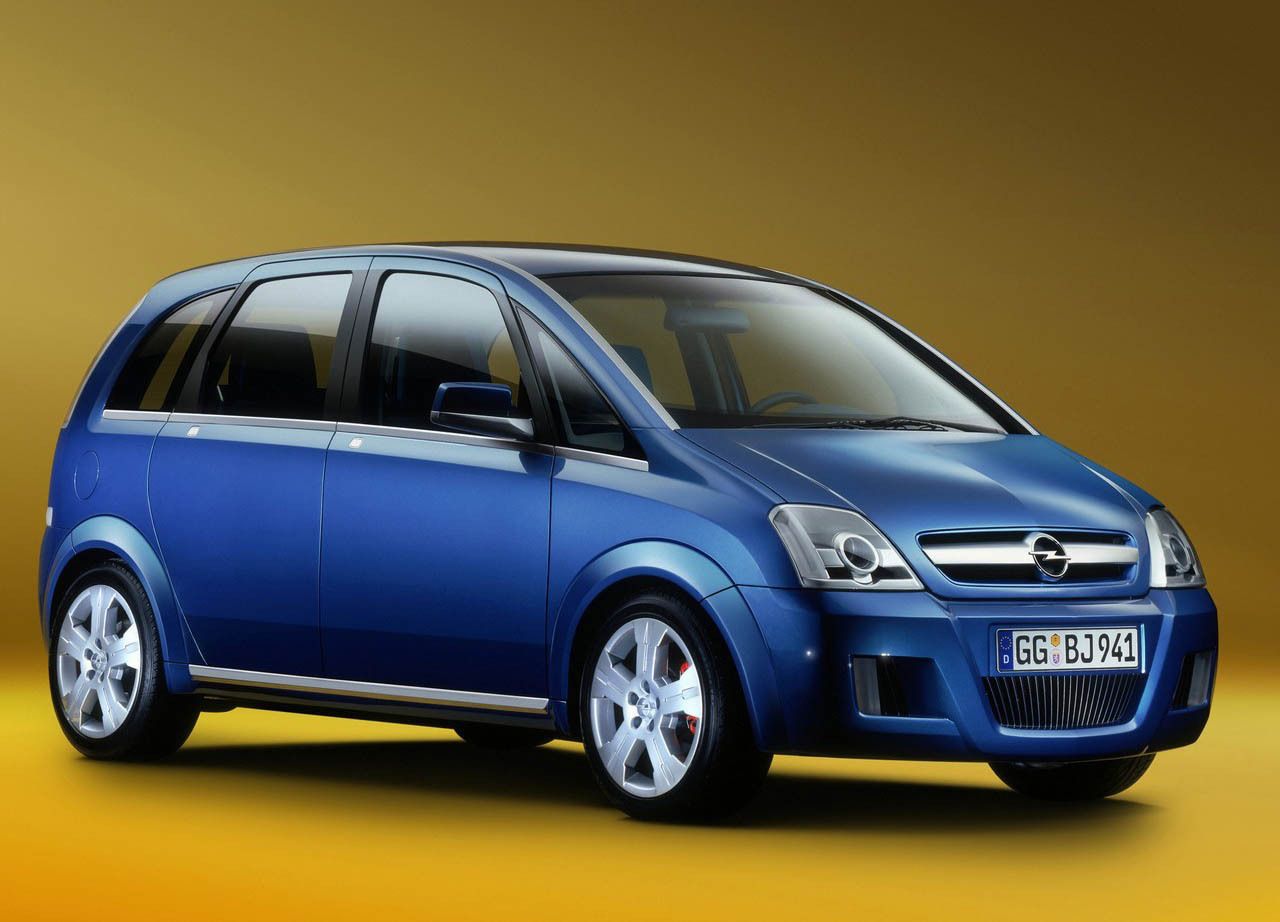
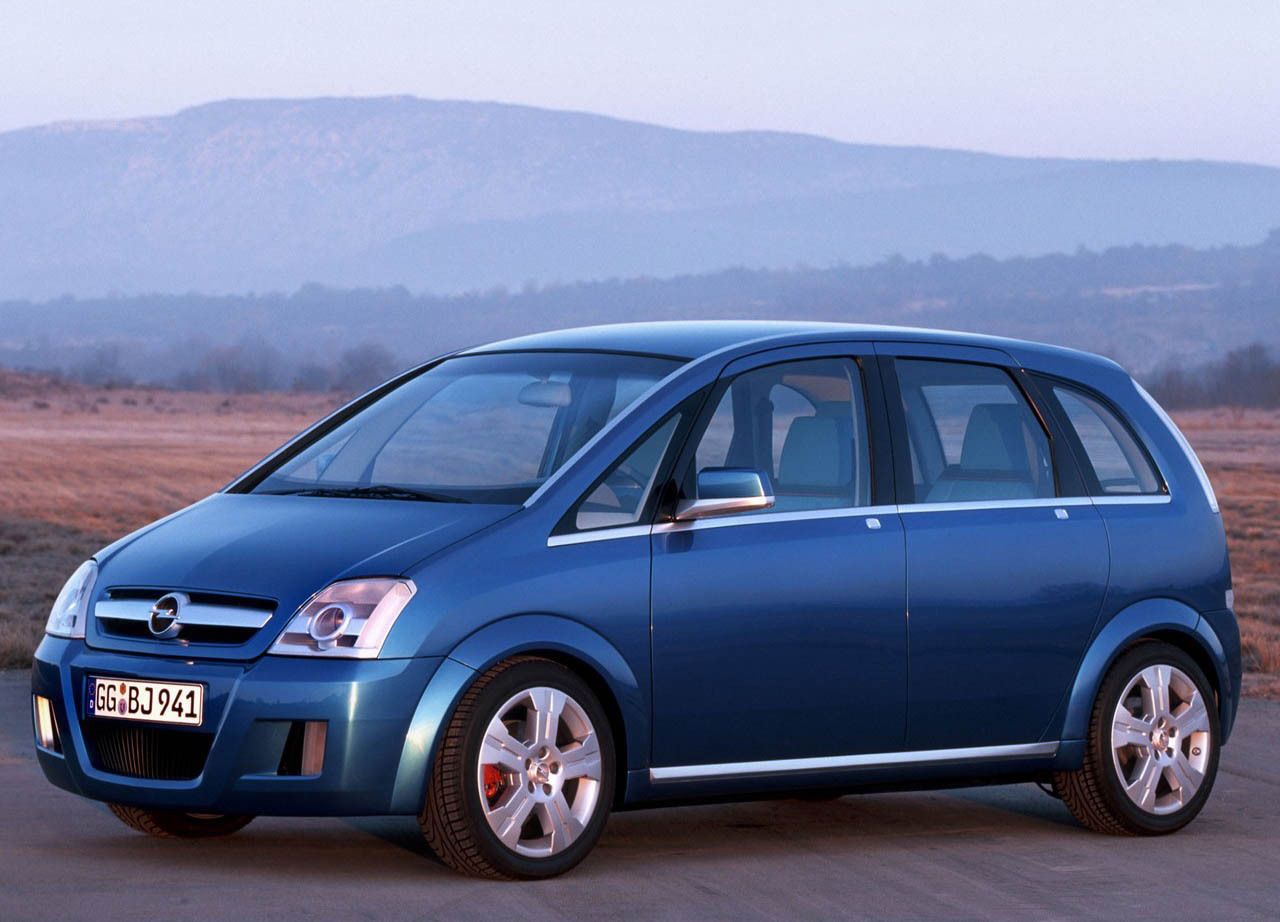
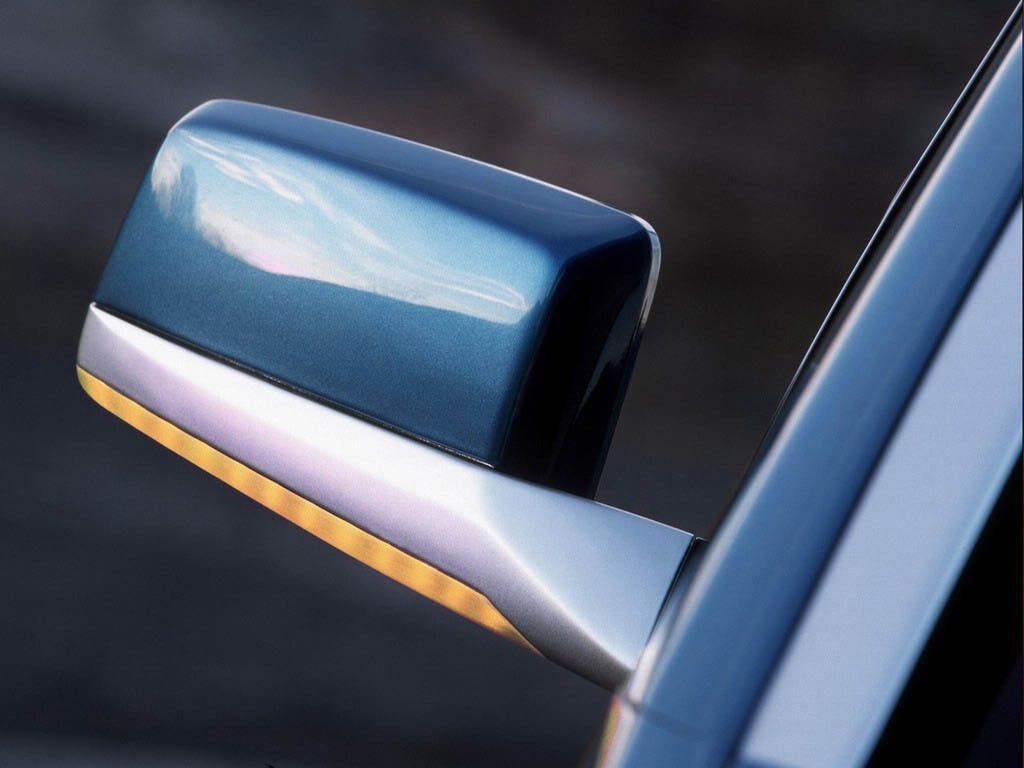
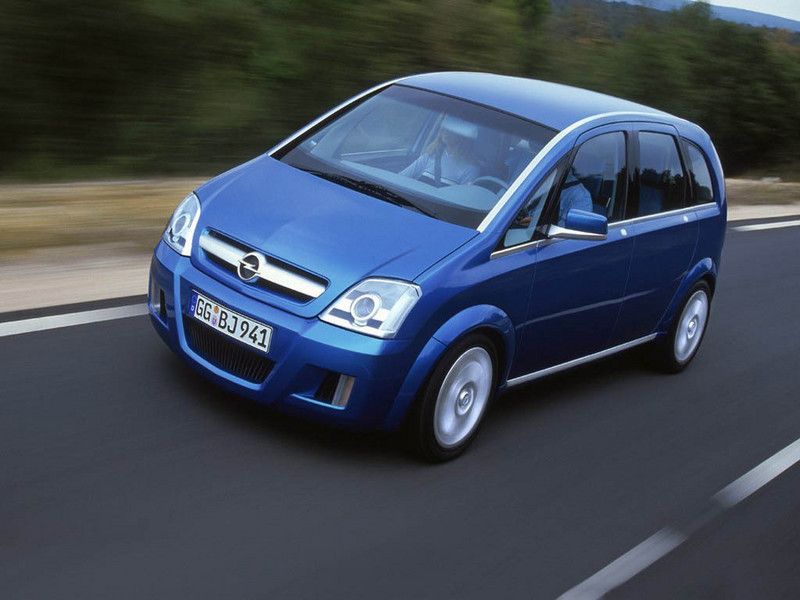
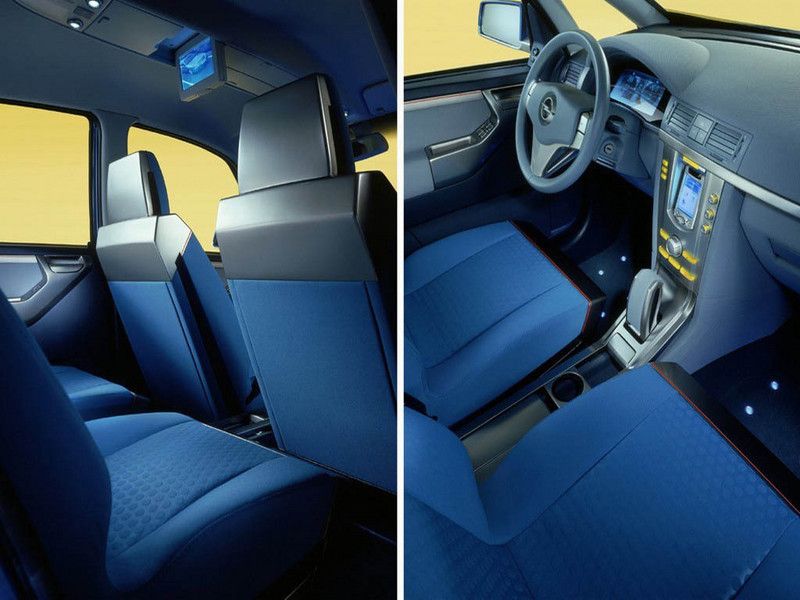
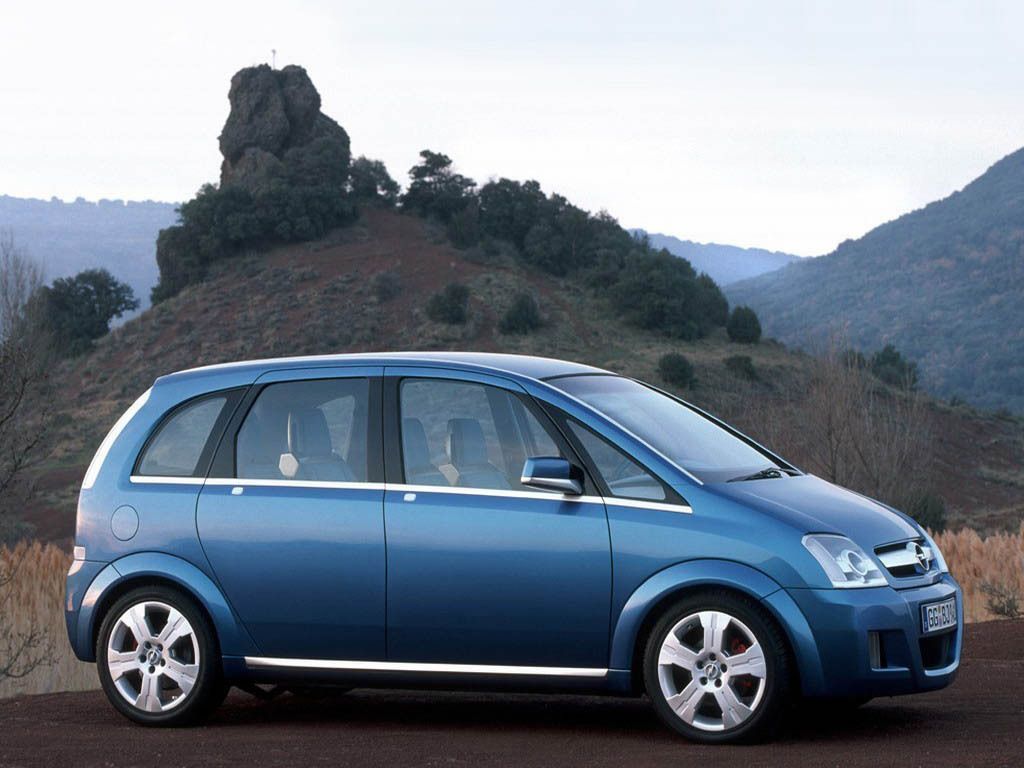
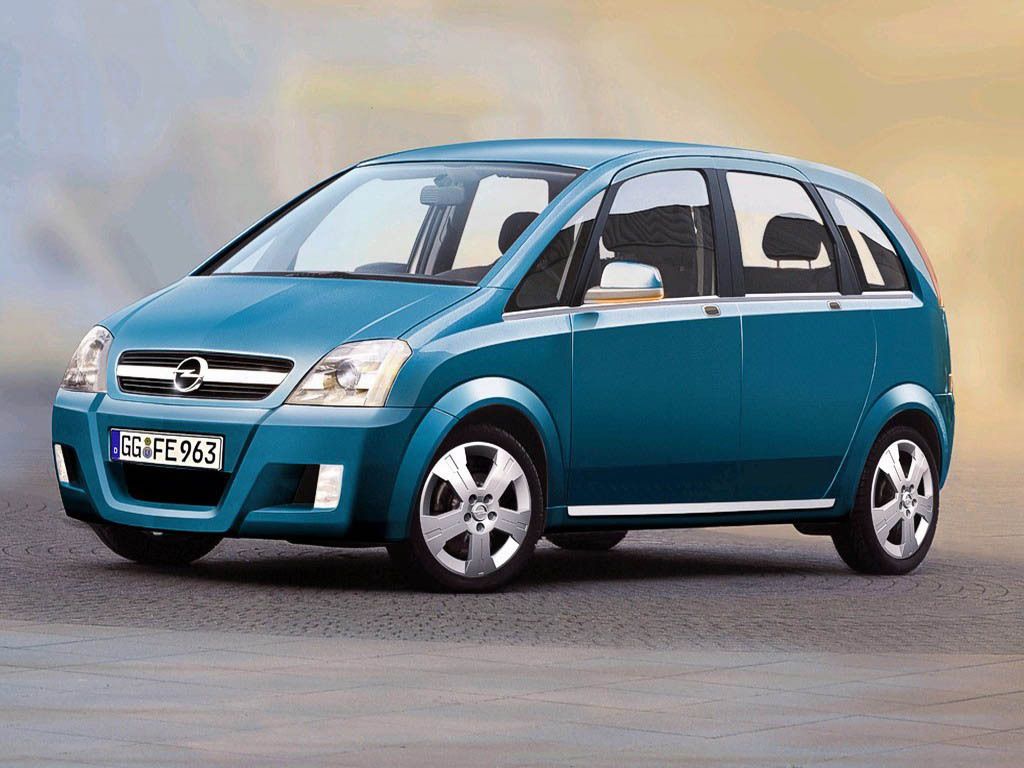
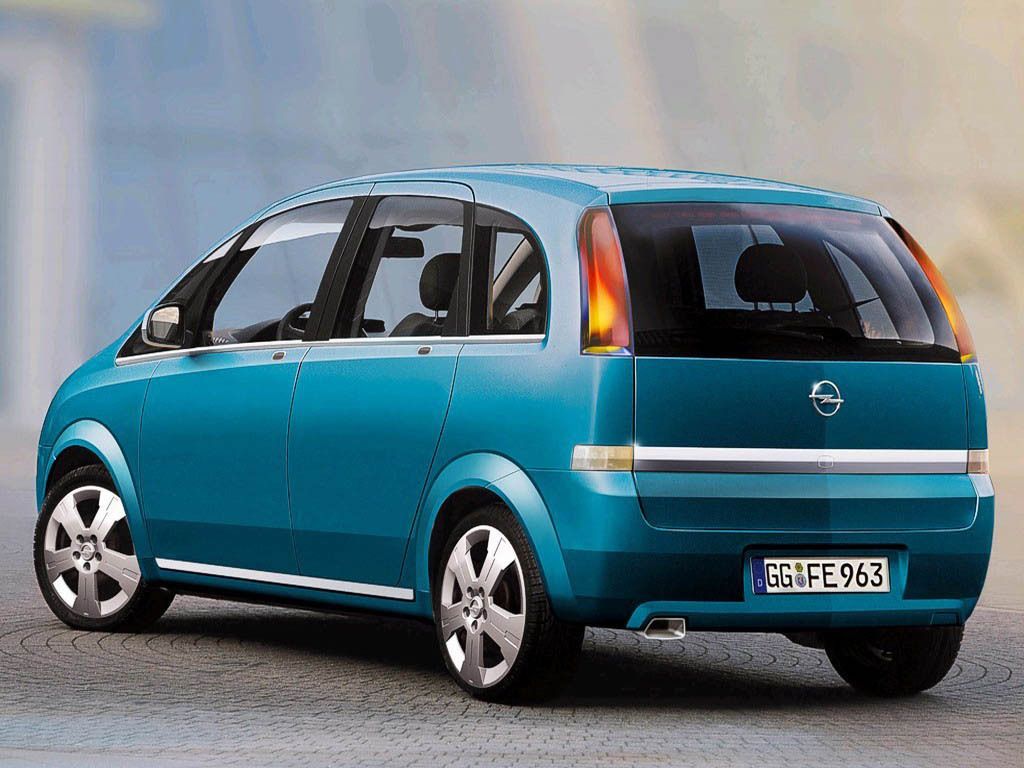
- Make: Array
- Model: 2001 Opel Astra OPC X-treme
- Horsepower: 444@7350
- Torque: 4800
2003 Peugeot 307 CC



































- Make: Array
- Model: 2003 Peugeot 307 CC
- Horsepower: 200@0
- Torque: 3500
- Transmission: 6-Speed Manual
- [do not use] Vehicle Model: Array
The very best of motor sport engineering applied to a road car, a tempting concept that was born into Opel's motor sport department in 1999. The idea was a natural next step after the company showed an Astra Coupé race car design study, then a vision of the competition car planned for the new DTM (German Touring Car Masters) championship, at the Essen Motor Show.
The rest of the story is well known: with Opel and Mercedes as the driving forces be-hind it, the extremely popular DTM championship was reborn in 2000 with new cars and new regulations. Opel's commitment was rewarded by a successful season's racing, with eight wins from 16 starts, and the championship runners-up title. Then came the 2001 Geneva Motor Show, and the supersport design study Astra Coupé OPC X-Treme, a racing car for use on normal roads. It was developed and built under the supervision of Opel Performance Center GmbH (OPC), a subsidiary company, estab-lished in 1997, responsible for the Opel´s European motor sport activities and the de-velopment of exclusive Opel-based high-performance automobiles.
Swift in all areas
The X-Treme not only became one of the fastest sportscars when it first turned a wheel, but even prior to this, in terms of rapid development work. Come the end of the first DTM race season the OPC engineers and Opel's designers needed only seven weeks, in close cooperation with the International Technical Development Center (ITDC) in Rüsselsheim, to create a ready-to-run car based on the DTM Astra Coupé
The high-tech sportscar's overall concept is based on the DTM car: the safety bodys-hell has gull-wing doors, a spaceframe and various exceptionally rigid components reinforced with carbon fiber. Its 4.0-liter V8 engine, with four valves per cylinder, drives the rear wheels through a sequential-shift six-speed, transaxle gearbox. The wheels are suspended on double wishbones and there are carbon-fiber disk brakes at the front and rear. In the course of development work, however, at least half of the car-s compo-nents were either modified or redesigned for road use. 'We shifted the accent from pure functionality for racing application to one that could embrace the new tasks that the car would face in its road-going form,' says Opel's design director for compact cars, Martin Smith. Of this project, which was brought to such a rapid conclusion, he says: 'I was highly impressed by the way the technical, design and marketing people worked together so constructively.'
Body styling
The metamorphosis from racer to road car can be studied in detail on the restyled and more harmonious outer skin, which was the work of body designer Ulli Hochmuth. In-stead of the DTM cars, double-wing front spoiler, the X-Treme has an integrated single-section version flush with the body. Similar modifications have been made to the rear end of the Astra Coupé OPC X-Treme. The tail, with its built-in diffusor, is smoother and has a restyled spoiler. Similar rounding-off work has been performed at the body panel joints, the outside mirrors and the side panels, while the two twin ex-haust tailpipes add symmetry and visual balance. 'The aerodynamics are still as effec-tive as they ought to be on a car in this performance category', Martin Smith empha-sizes, 'but they were not the same governing factor to the styling as on the DTM racing car.'
In place of the 18-inch wheels called for by the DTM championship regulation, the X-Treme runs on 20-inch wheels of new OPC design; like their counterparts on the competition car, they have central fastenings. An equally dramatic visual aspect of this new high-performance car is its specially-created fiery red eight-coat paint finish.
The cockpit
Trimmed to a higher standard with the aid of Alcantara and brushed aluminum, the car's interior conveys a strong impression of high-grade technology, sports character and perfect workmanship. As with the DTM version that acted as a model for this car, the seat shells are reinforced with carbon fiber, but for the road user they are of course upholstered to a much higher level of comfort. The driver and front passenger are pro-vided with five-point seat belt harnesses. The steering wheel is the same as used in the new Opel Speedster, and just as with the DTM racer, there is a central instrument display that keeps the driver informed of the car's principal technical functions.
The visual appeal of many prominent control knobs and levers, the gear shift gate and other details relevant to operation of the car have been enhanced with much feeling for style by interior designer Dietmar Finger, who has transformed the interior's spartan racegoing trim into a very distinguished techno style. This and other similar measures have increased the car's weight by 50 kilograms, but this is no curse to the Astra Coupé OPC X-Treme, which still has a power-to-weight ratio of 2.59 kilograms per horsepower, putting it among the elite in this rarefied area of sportscar design.
Technical features and performance
In order to give the car an ideally positioned center of gravity, the four-liter V8 engine in the X-Treme is located behind the front axle, as in the DTM racing version; the driver and front passenger seats have been moved back to accommodate. The engine, with four valves per cylinder, delivers its vast reserves of power to the rear wheels by way of a carbon-fiber reinforced clutch, a sequential-shift six-speed, transaxle gearbox and a mechanical-action limited-slip differential. As in the racing version, straight-cut gears are used and there is no synchromesh, but the gear teeth have chamfered flanks to make the shift action easier. The same form of ignition shutdown is provided, so that the driver of this civil version can make power-on shifts between the gears.
Most details of the road-going car's suspension are shared with the racing car. Double wishbone suspension at front and rear guarantees precise wheel location, and drivers can emulate DTM stars such as Manuel Reuter or Joachim Winkelhock by choosing their own personal suspension set-up, since the stabilizers and the shock-absorber bump and rebound settings can be varied. The immensely powerful brakes are another feature of the race car that have been applied unaltered. Ventilated, carbon-fiber rein-forced brake disks and six-piston aluminum calipers are the secret of the car's amazingly short stopping distances.
It was important to ensure that such a potent vehicle could be driven on regular roads and not lack refinement. With this in mind the valve timing has been made less ex-treme, the compression ratio lowered, the flywheel mass increased and the engine-management software modified. OPC's head of engineering, Donatus Wichelhaus as-sures the potential buyer: 'In city traffic, the car can be driven at low revs in fifth or sixth gear, just like any other production car.' A glance at the torque curve bears out the car's suitability for trouble-free day-to-day driving: whereas the DTM racer can call upon approximately 376 lbs-ft of torque at an engine speed of 5250 rpm, the Astra Coupé OPC X-Treme pulls even more vigorously at moderate engine speeds, with its peak torque of 390 available at 4800 rpm.
The engine, with its dry sump lubrication, doesn't have to withstand thousands of prac-tice and race miles without any attention; as a result it is allowed to run up to a maxi-mum speed 850 revolutions a minute higher than its competition counterpart, yet de-velops a maximum power output only 18 horsepower lower, namely 444 hp at 7350 rpm, more than enough to catapult this red-painted rocket's to a place among the extreme high performers', as its name implies. Acceleration from a standstill to 60 mph takes no more than four seconds, and the top speed is beyond the 186 mph mark.

